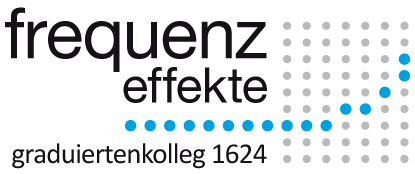Doctoral Students
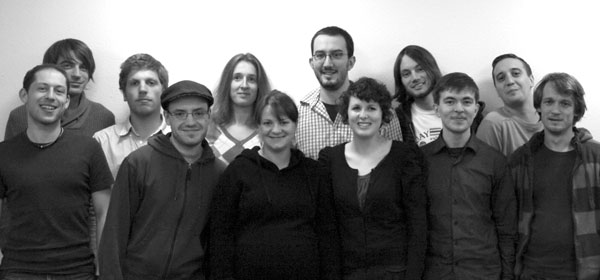
from left to right:
Philipp Dankel, Malte Rosemeyer, Péter Rácz, Christoph Wolk, Karin Madlener, Luminita Trasca, Michael Schäfer, Ulrike Schneider, David Lorenz, Nikolay Hakimov, Florent Perek & Daniel Müller

Philipp Dankel
Which experience counts? (publiziert)
Categories and/or frequencies in Spanish-Quechua language contact
| 1. Supervisor | Prof. Dr. Stefan Pfänder |
| 2. Supervisor | Prof. Dr. Daniel Jacob |
| 3. Supervisor | Prof. Dr. Wolfgang Raible |
| Abstract | Recent studies in the usage based paradigm (e.g. Bybee 2006, 2010, Gries/Divjak 2012) show, that the frequency of a linguistic phenomenon in production and perception is a mayor factor for the entrenchment of linguistic structures as mental representations. Nevertheless, the question on what role ... |
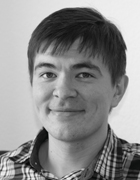
Nikolay Hakimov
A Usage-based Approach to Russian-German Code-mixing
| 1. Supervisor | Prof. Dr. Peter Auer |
| 2. Supervisor | Prof. Dr. Juliane Besters-Dilger |
| Abstract | My dissertation draws on a corpus of bilingual speech which I recorded amongst Russian-speaking communities in Germany. In code-mixing, stems from language A with affixes from language B alternate with fully-fledged constituents of language A used in the morphosyntactic context ... |

David Lorenz
Contractions of English semi-modals: the emancipating effect of frequency
| 1. Supervisor | Prof. Dr. Dr. h. c. Christian Mair |
| 2. Supervisor | Prof. Dr. Dr. h.c. Bernd Kortmann |
| Abstract | The project aims at modelling the factor "frequency" in language change if the change is seen as a change in the cognitive representation of a linguistic form. |
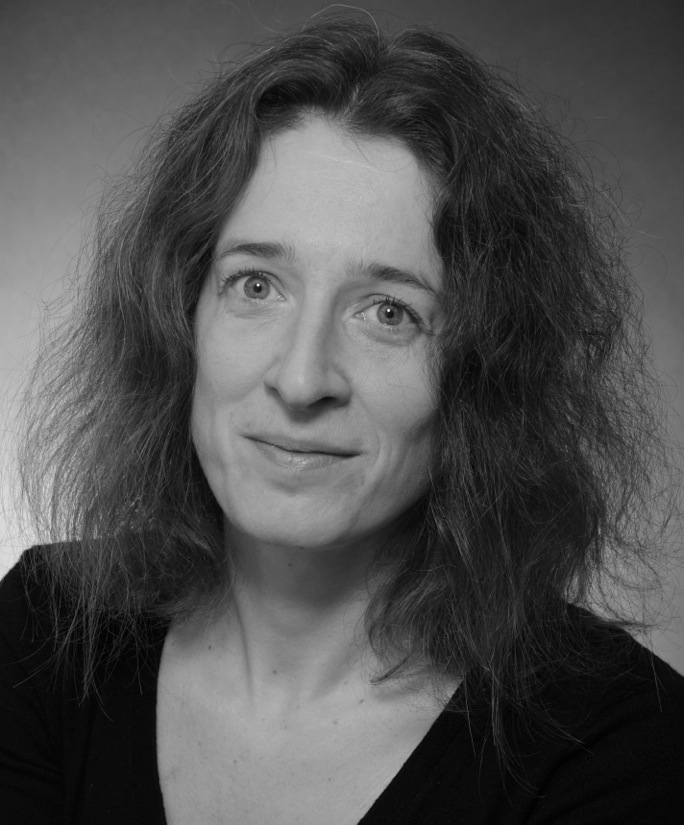
Karin Madlener
Frequency Effects in Instructed Second Language Acquisition
Why input flooding is not the whole story
| 1. Supervisor | Prof. Dr. Heike Behrens |
| 2. Supervisor | Prof. Dr. Gerhard Strube |
| 3. Supervisor | Prof. Dr. Lars Konieczny |
| Abstract | Prior research in the domain of input enhancement has shown that exposing second language learners not only to natural input, but also to pedagogically enriched input (e.g., in so-called input floods) is often not enough to trigger incidental learning. The PhD thesis proposes that learners’ ... |
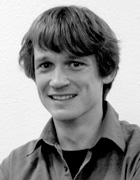
Daniel Müller-Feldmeth
Modeling frequency effects in local syntactic coherence processing
| 1. Supervisor | Prof. Dr. Lars Konieczny |
| 2. Supervisor | Prof. Dr. Heike Behrens |
| Abstract | How does the frequency of word-strings influence sentence processing and interpretation? In the sentence "Der Polizist, dem die Kollegin überrascht den Jungen zeigte, war außer sich vor Freude." ( The policeman, that_DAT the colleague_NOM surprisedly/surprised the boy_AKK showed, was very happy / ... |

Péter Rácz
Salience in Sociolinguistics
| 1. Supervisor | Prof. Dr. Dr. h.c. Bernd Kortmann HH |
| 2. Supervisor | Prof. Dr. Dr. h. c. Christian Mair |
| 3. Supervisor | Dr. Christian Langstrof |
| Abstract | The central thesis of my dissertation is that the distinction between non-salient and salient dialectal features lies in their negative frequency. To put it simply, the less probable a speech string containing a feature is, the more conspicuous it becomes. An example could be definite article ... |

Malte Rosemeyer
Auxiliary selection in Spanish
Gradience, gradualness, and conservation
| 1. Supervisor | Prof. Dr. Rolf Kailuweit |
| 2. Supervisor | Prof. Dr. Daniel Jacob |
| Abstract | This PhD thesis describes the change in the system of auxiliary selection in Spanish. Until the end of the 17th century haber ('have') + participle replaced ser ('be') + participle in intransitive past contexts. In a first step I demonstrate that the two constructions do not have the same function ... |

Michael Schäfer
Phonetic reduction of adverbs in Icelandic
On the role of frequency and other factors
| 1. Supervisor | Prof. Dr. Peter Auer |
| 2. Supervisor | Prof. Dr. Lars Konieczny |
| 3. Supervisor | Prof. Dr. Kristján Árnason (Univ. Islands) |
| Abstract | This book represents a contribution to the study of phonetic reduction. It presents the first quantitative investigation of acoustic-phonetic reduction in Icelandic and deals with the reduction patterns of a class of Icelandic adverbs ending in the suffix ?lega. Three questions are asked: Which ... |
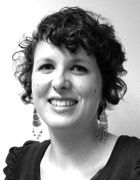
Ulrike Schneider
Frequency, Hesitations and Chunks
What does the placement of hesitations tell us about the nature of chunks?
| 1. Supervisor | Prof. Dr. Benedikt Szmrecsanyi HH |
| 2. Supervisor | Prof. Dr. Peter Auer |
| Abstract | As we speak, we mostly don't generate novel sentences from scratch. Instead, we often refer back to already holistically stored sequences. However, what constitutes such sequences is highly debated. An investigation into the occurrence of hesitations can offer some insight into the way language is ... |
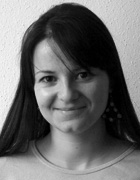
Luminita Trasca
Information densification in contemporary Romanian written styles: a corpus-based study of transfer, frequency and change
| 1. Supervisor | Prof. Dr. Dr. h. c. Christian Mair |
| 2. Supervisor | Prof. Dr. Stefan Pfänder |
| Abstract | My study proposes an empirical corpus-based analysis of noun+noun constructions in contemporary written Romanian, born out of a mixture of socio-cultural phenomena during the past decades and having tremendous implications on the understanding of language change and cultural kinship. This study is ... |
